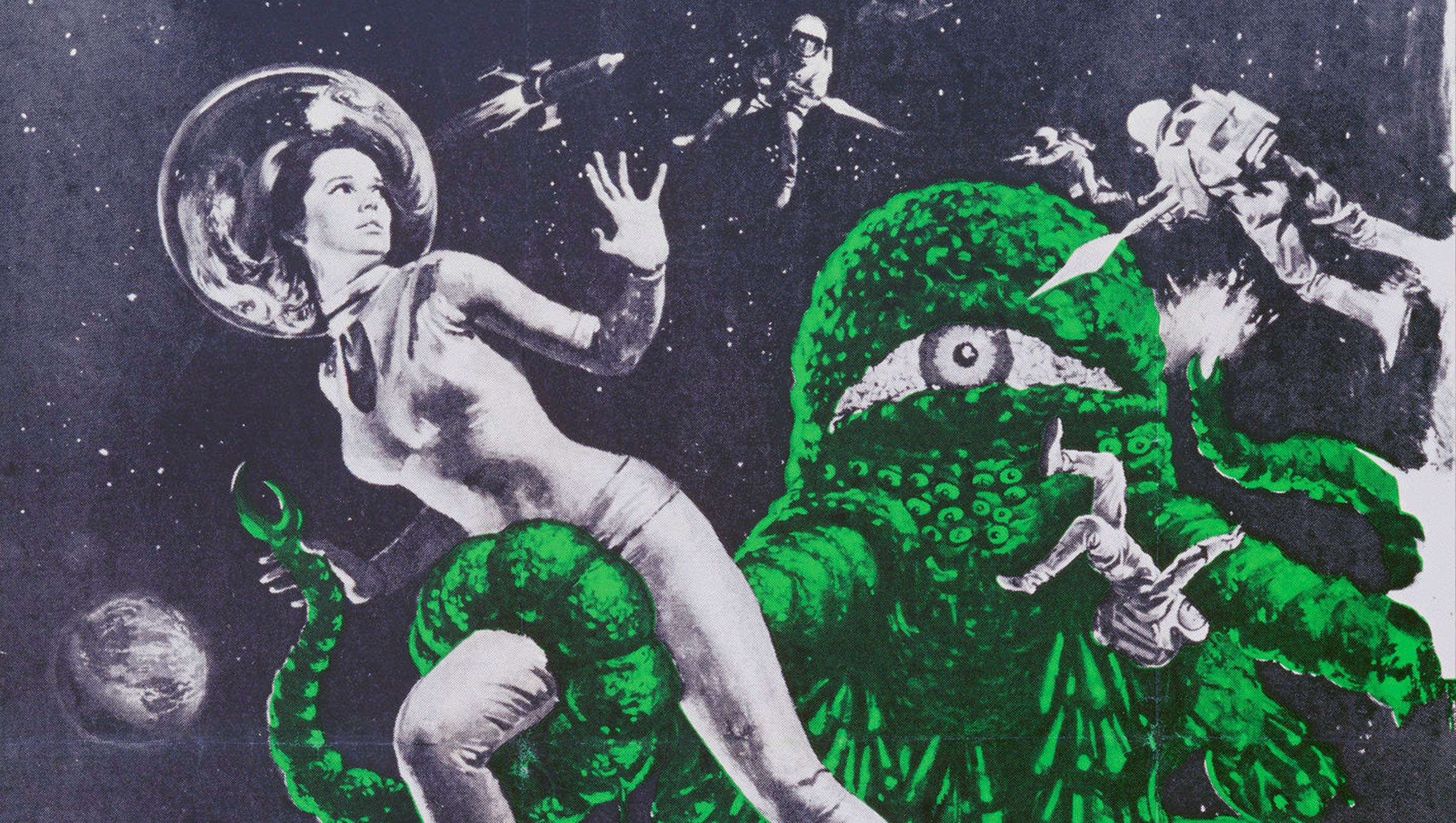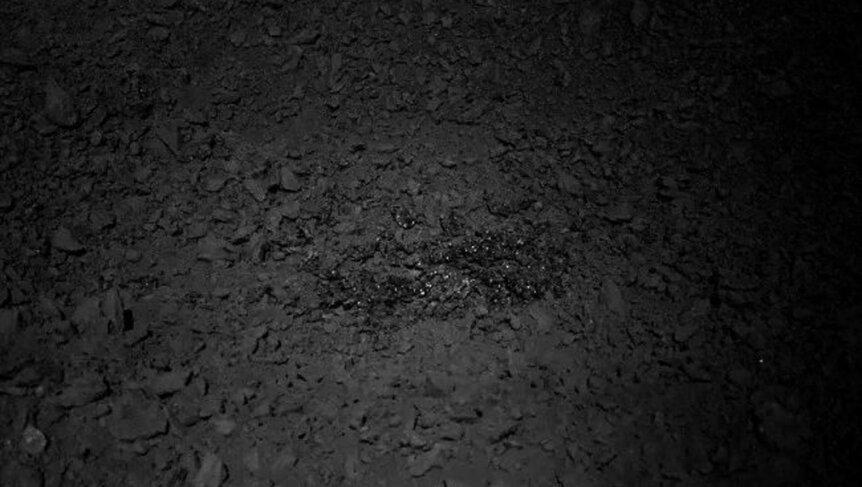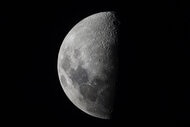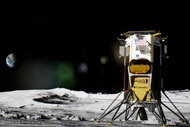Create a free profile to get unlimited access to exclusive videos, sweepstakes, and more!
Now we know what that mysterious green gloop on the Moon really is

Remember when pictures of a strange substance on the far side of the Moon went viral last year? Was it the Green Slime? Was it the spawn of the Green Slime? Fast-forward to today, and scientists can say with certainty that it is isn’t slime.
What the stuff has been identified as is glass that (understandably) appeared to be an unidentified blob in the first images of it that were captured by lunar rover Yutu-2. Yu Tianyi, a member of the drive team, was the first who eyed the mysterious goo in the Von Kármán crater and alert mission scientists. Whatever it was, it didn’t look like the regolith surrounding it. Researchers investigating what the substance is actually made of have finally confirmed that the thing that could not be named is space glass rather than gloop.
"The dark greenish and shiny features observed from Pancam color image are signs of possible presence of glasses," said Sheng Gou, who led a study recently published in Earth and Planetary Science Letters. “It was formed by impact-generated welding, cementing and agglutinating of lunar regolith and breccia.”
There hasn’t been volcanic activity on the Moon — which would be the most obvious source of glass — in billions of years. So what could have caused this lunar anomaly? The researchers believe that it was the aftermath of a meteor that head-butted the Moon. Meteors have no mercy as they hurtle through space, and these things could even smash our planet unless we figure out how to deflect them. The Moon has actually taken quite a few punches for Earth, and this was obviously one of them. Once a meteor hits, the heat it generates is so intense that it can melt rock and just about anything else. Whatever re-forms out of that is going to look weird.
The green stuff is not just glass but also an impact melt breccia. After impact, rock melted by the meteor cools into an amalgam of angular rock fragments (and in this case glass) trapped in more fine-grained material. The micro-shards of glass already in Moon dust are one reason humans should never breathe it. When you melt that glass into a mix of other components of lunar regolith, and it ends up kind of like heterogeneous cement in a mucousy shade of green. It actually isn’t too different from Apollo melt breccia samples 15466 and 70019. Substances found in the Finsen and Adler craters in the lunar south pole have also been proven to have a similar chemical makeup. Apparently, this stuff is also fragile.
“Clods surrounds the breccia-hosting crater were crushed into regolith powders by the rover's wheels, indicating the regolith may be compacted slightly and becomes blocky and friable,” Gou said.
So now that we know this stuff is not alien mucus, what else is it made of? It is nearly half plagioclase. Plagioclases are minerals in the feldspar group that are homogenous mixtures of albite and anorthite, which are also found in igneous rocks and may have been left over from a prehistoric volcano tantrum long before the glass blob was actually formed. Also found were much smaller percentages of pyroxene and olivine, also common in igneous rock, so there really is a possibility that what the meteor crashed into, whenever it did crash, were the long-dead and dusted remains of lunar magma flows.
At least astronauts who venture towards the dark side to the moon after the first manned Artemis mission lands will have an idea of at least one thing to expect.















